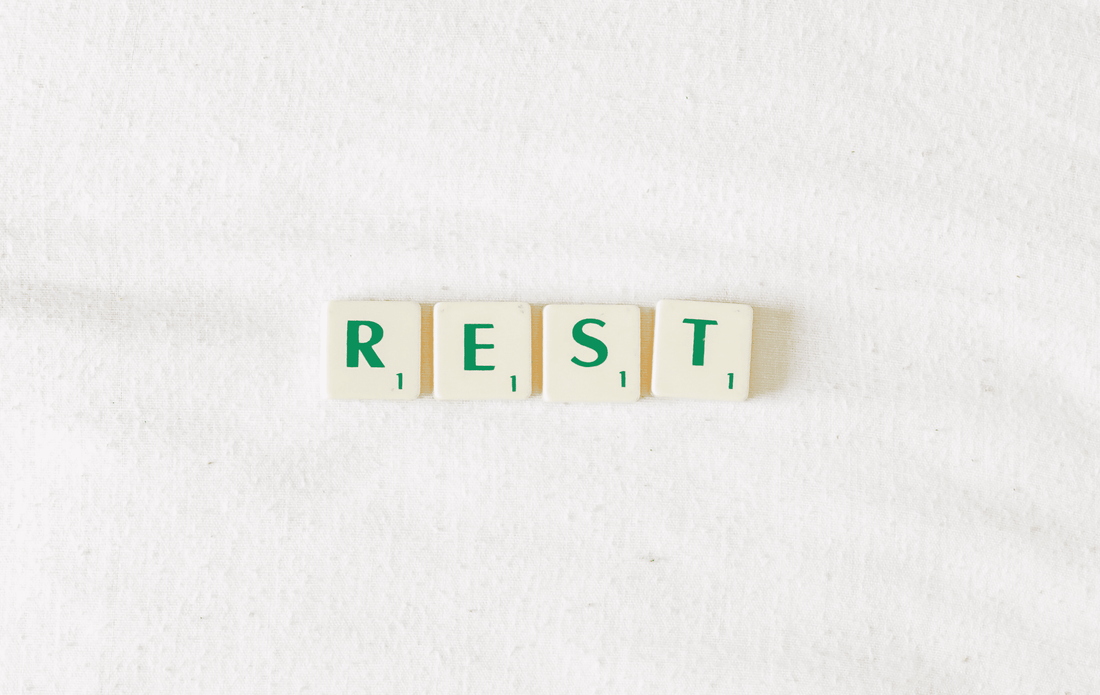
Taking Breaks Between MDMA Experiences: How Long Should You Wait?
Share
Disclaimer: This information is for educational purposes only. Always consult a healthcare provider before making decisions about drug use.
MDMA (3,4-methylenedioxymethamphetamine), commonly known as "ecstasy" or "molly," is beloved for its ability to heighten empathy, connection, and euphoria. But like any powerful substance, it comes with trade-offs—especially when it comes to your brain’s serotonin system.
Whether you’re using MDMA for fun, connection, or healing, understanding how to space your experiences is one of the best ways to keep things sustainable. In this post, we’ll unpack what current research says about how long you should wait between MDMA sessions, how MDMA affects your brain, and what you can do to support recovery afterward.
Why Take Breaks Between MDMA Experiences?
MDMA increases the release of serotonin, dopamine, and norepinephrine in the brain—neurotransmitters that regulate everything from mood and memory to sleep and body temperature.
That serotonin rush feels amazing in the moment. But it also comes at a cost: post-use, the brain’s natural serotonin levels temporarily drop, which can contribute to low mood, fatigue, or brain fog in the days after.
Over time, repeated or high-frequency MDMA use—especially with short breaks between sessions—has been associated with:
-
Reduced serotonin transporter (SERT) density
-
Memory and attention issues
-
Increased anxiety or depression symptoms
The good news? Research suggests these effects aren’t necessarily permanent, especially if you give your brain time to recover.
So, What’s the Optimal Break Between MDMA Rolls?
There’s no one-size-fits-all answer—but most experts agree that spacing out MDMA experiences is key to long-term cognitive health.
Here’s what the research says:
-
MAPS (Multidisciplinary Association for Psychedelic Studies) recommends at least 6–8 weeks between MDMA-assisted therapy sessions to minimize neurotoxic risk and support emotional integration.
-
A 2000 PET imaging study by Gamma et al. found that serotonin transporter binding was still reduced two months after a single MDMA dose.
-
Studies from Parrott, McCann, and others show that cognitive deficits (like impaired memory or attention) generally improve within 2–4 weeks, depending on dose and frequency.
-
A 2019 study (Schilt et al.) showed reduced serotonin transporter availability even two weeks after a single use.
Rule of thumb: Wait at least 6–8 weeks between MDMA experiences. If you’ve had a high dose or a tough comedown, more time is better.
Summary of Clinical Findings
| Study | Sample Size | Key Finding |
|---|---|---|
| Gamma et al. (2000) | 16 | Serotonin transporter levels still reduced 2 months post-use |
| McCann et al. (1996) | 30 | Significant SERT reduction 2 weeks after 3 doses |
| Parrott & Lasky (1998) | 29 | Cognitive deficits present at 7 days, improved by day 21 |
| Liechti et al. (2001) | 16 | Cognitive performance returned to baseline by day 7 |
| Schilt et al. (2019) | 19 | Reduced SERT availability 2 weeks after one dose |
| MAPS (2021) | N/A | Recommends 6–8 weeks between sessions for neuroprotection |
Factors That Affect Recovery Time
Not everyone bounces back at the same pace. Here’s what can influence your ideal break length:
-
Dose and frequency: Higher doses and back-to-back weekends? Your brain will need more time.
-
Individual biology: Genetics, serotonin baseline, and neuroplasticity all play a role.
-
Mental health history: If you have a history of anxiety, depression, or are on SSRIs, take extra care.
-
Sleep, diet, stress: The usual health stuff matters more than you think for recovery.
What Else Can You Do to Support Recovery?
Spacing your MDMA sessions is the best baseline strategy—but there’s more you can do to help your brain bounce back strong:
1. Stick to a Moderate Dose
Higher doses = more serotonin depletion and oxidative stress. A typical moderate recreational dose is around 1–1.5 mg/kg of body weight. More isn’t necessarily better—especially long term.
2. Hydrate (but not too much)
MDMA can mess with your body’s temperature regulation and thirst cues. Sip water steadily, especially if dancing, but don’t overdo it—overhydration can also be risky.
3. Antioxidant Support
MDMA increases oxidative stress in the brain. Antioxidants like vitamin C, vitamin E, N-acetylcysteine (NAC), and alpha-lipoic acid have shown some promise in reducing neurotoxicity in animal models.
Supplements like Explorer Health’s Daily Neuroprotection blend these ingredients into a no-brainer daily stack.
4. Support Serotonin Rebuilding
Post-roll mood dips are real. After 24–48 hours, some people find benefit in 5-HTP, a precursor to serotonin. It may help gently restore mood and sleep—but timing is important. Don't take it too soon after rolling, as it may worsen the serotonin rebound.
Explorer Health’s M Balance includes triple-tested L-5-HTP plus cofactors for gentle mood support.
TL;DR: Be Kind to Your Brain
If MDMA is part of your life—whether occasionally or intentionally—giving your brain a breather between experiences is one of the smartest harm-reduction steps you can take.
-
Wait at least 6–8 weeks between sessions
-
Prioritize moderate dosing and hydration
-
Support recovery with antioxidants and rest
-
Consider serotonin support after the acute comedown period
Your future self will thank you.
No bad days 💪
References
-
Liechti, M. E. (2017). MDMA: how much is too much? Current Opinion in Psychiatry, 30(4), 258-262.
-
Parrott, A. C. (2014). The potential dangers of using MDMA for psychotherapy. Journal of Psychoactive Drugs, 46(1), 37-43.
-
Gamma, A. et al. (2000). PET imaging of serotonin transporters after MDMA. Neuropsychopharmacology.
-
McCann, U. D., et al. (1996). MDMA and serotonin neurotoxicity in humans. The Journal of Neuroscience.
-
Schilt, T. et al. (2019). Serotonin transporter availability after MDMA use. Journal of Psychopharmacology.
-
MAPS.org. (2021). MDMA-assisted therapy guidelines.